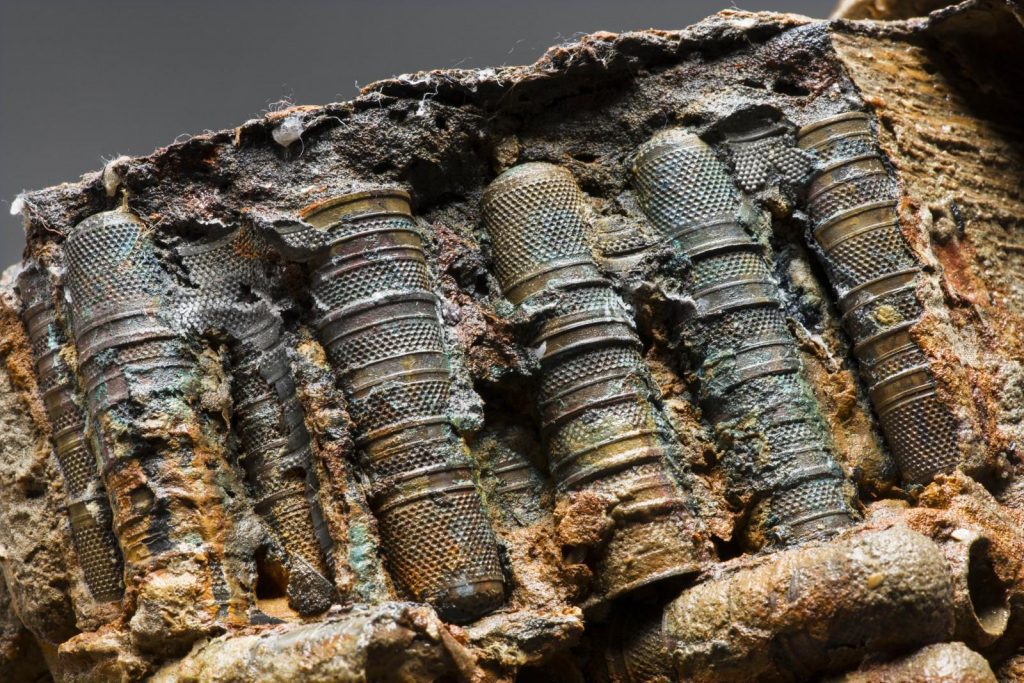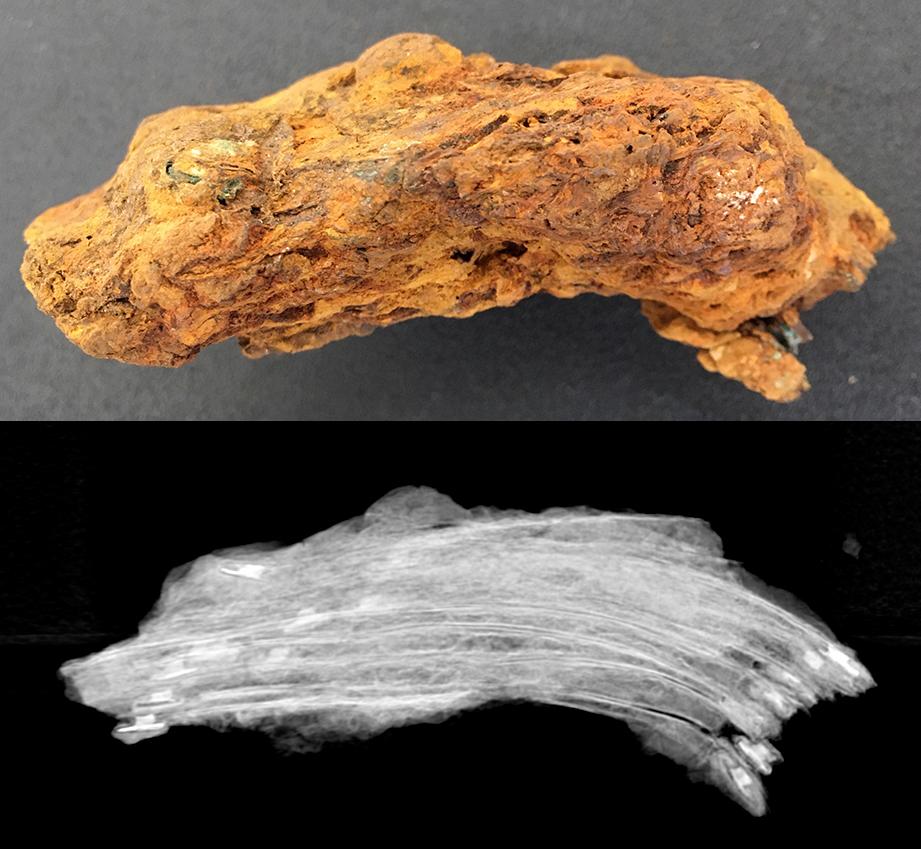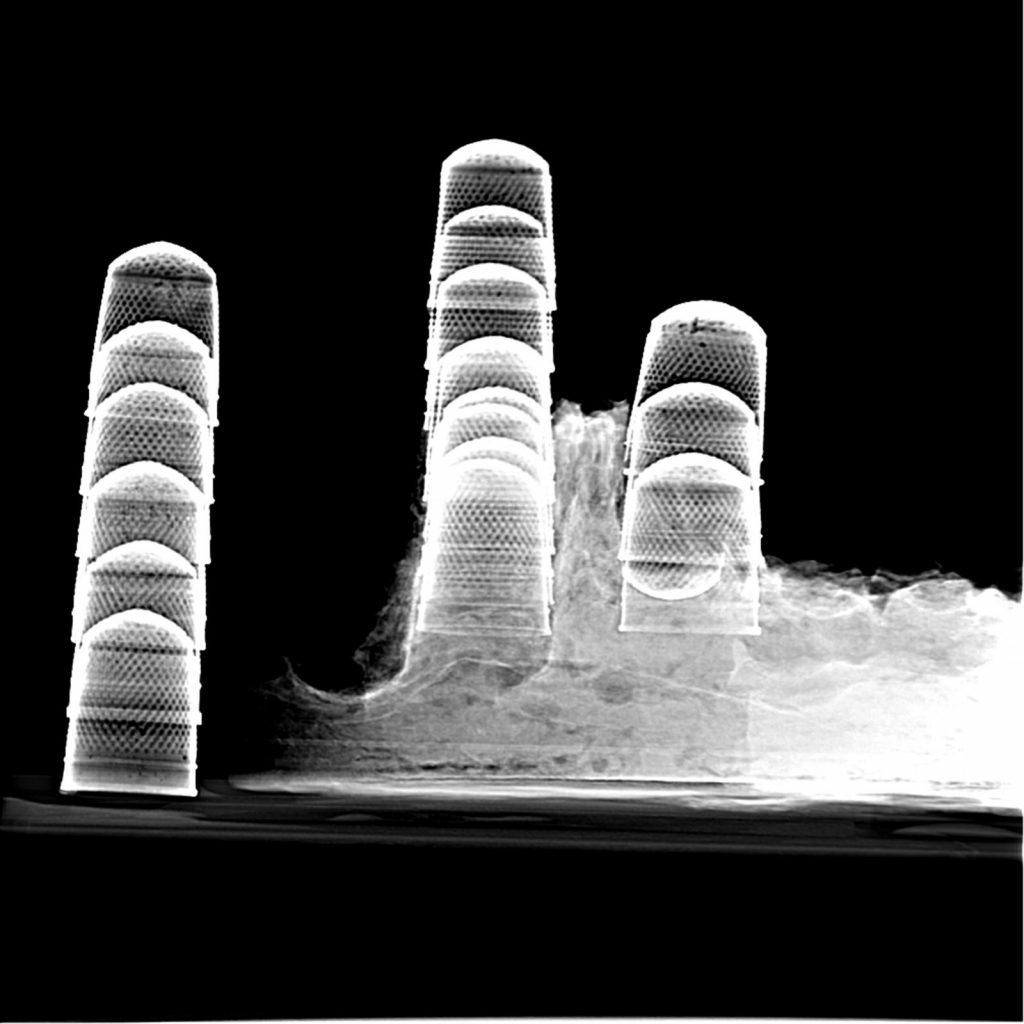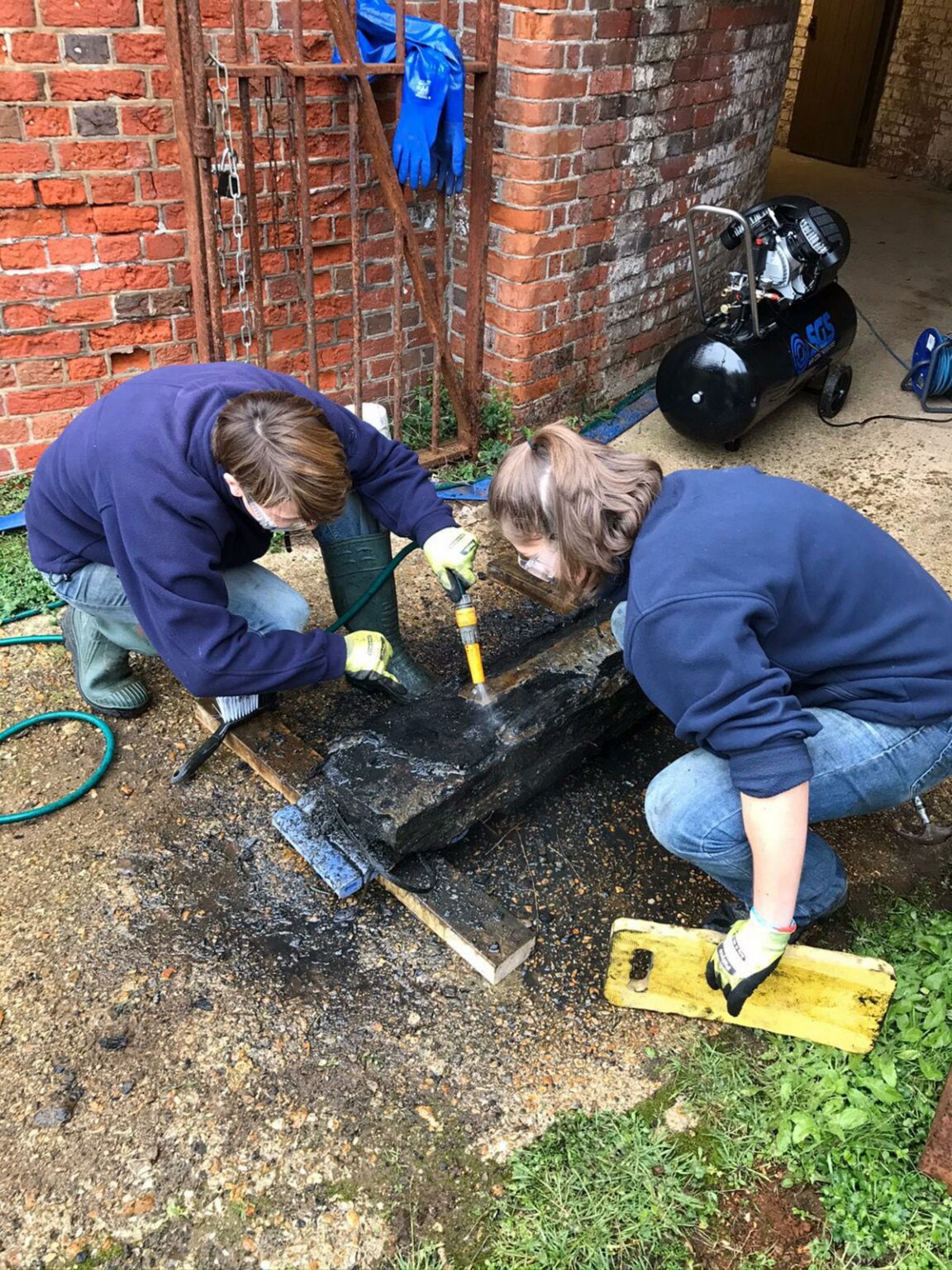The X-ray and analysis of aretefacts, including those recovered from historic shipwrecks such as the Rooswijk, will take a major leap forward thanks to a £150,000 grant from The Wolfson Foundation.
The grant to Historic England for high-power and high-resolution X-ray equipment offers exceptional potential for analysing objects which are covered in thick concretions, or hard concrete-like matter, to a much-higher degree of detail.
The funds will enable Historic England to replace and upgrade equipment in a large, walk-in X-ray facility that is at the centre of Historic England’s archaeological assessment, analysis and conservation work.

This can accommodate large objects and a moveable X-ray tube – much higher powered than typical systems – which allows X-rays to penetrate heavily corroded objects. It plays an essential assessment role, providing a complete, cost-effective diagnosis of condition, and informing the best possible treatment for each object by revealing details obscured by deposits or rust.
The equipment, to be based at Historic England’s scientific and archaeological analysis centre at Fort Cumberland in Portsmouth, will greatly contribute to both Historic England’s own research work and those of its partners.
This will include exciting projects such as the scanning and analysis of artefacts recovered from the excavations of the Dutch East India Company vessel, the Rooswijk, which is a protected wreck site. This project is a collaboration between RCE (The Cultural Heritage Agency of The Netherlands) and Historic England.

The Rooswijk sank on the treacherous Goodwin Sands, off Kent, in January 1740 while outward bound for Batavia (modern-day Jakarta) with trade-goods including silver coins. Many objects are covered with concretions which could require the intensity of the new equipment.
It will also greatly improve the analysis of Roman artefacts as it can penetrate the build-up of dirt and debris around the object, without harming it.

Duncan Wilson, Chief Executive of Historic England said: “This generous investment will place Historic England at the forefront of heritage X-radiography for many years to come. With this new technology, we will be able to analyse, conserve and better understand many more objects recovered from historic shipwrecks or excavated from archaeological sites. We are very grateful to The Wolfson Foundation for their support to this vital grant.”
Paul Ramsbottom, Chief Executive of The Wolfson Foundation said: “We are excited to support this important piece of equipment – bringing together Wolfson's longstanding interests in science and heritage. The beauty of X-ray technology is the way in which it reveals hidden secrets of the past as well as helping with conservation. We are particularly delighted to be supporting the heritage sector at this challenging moment for us all.”








